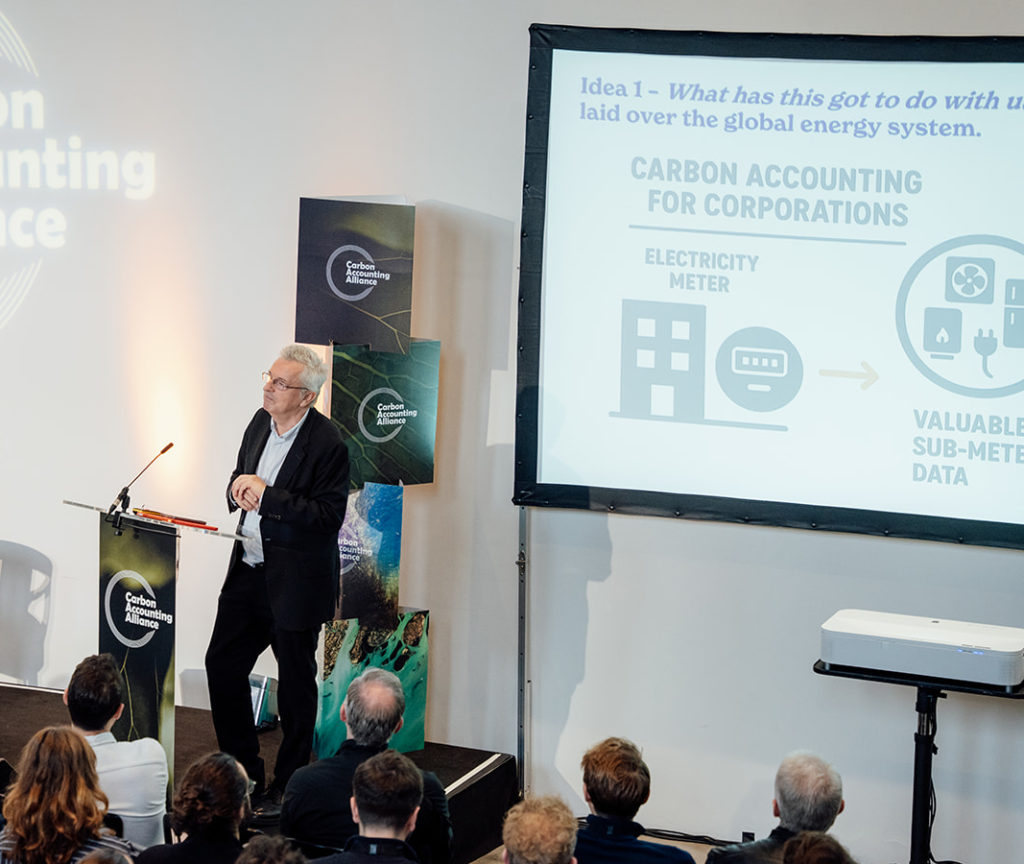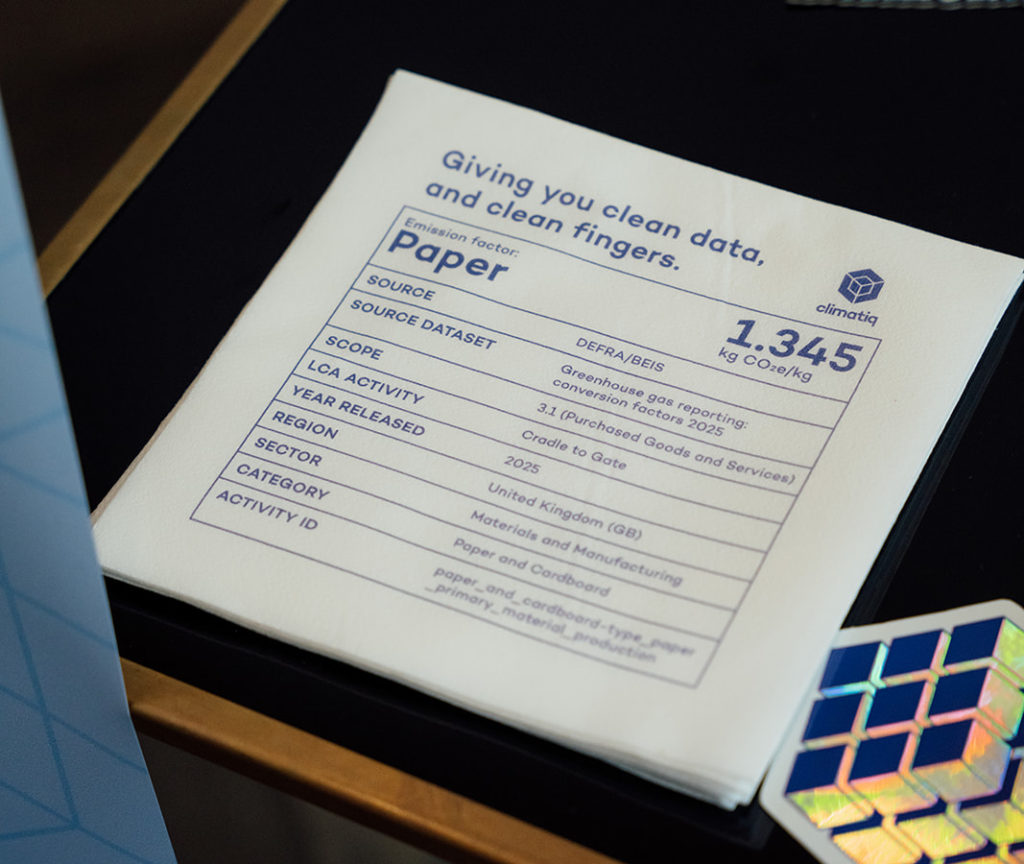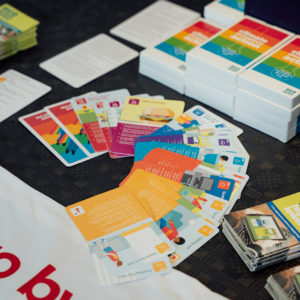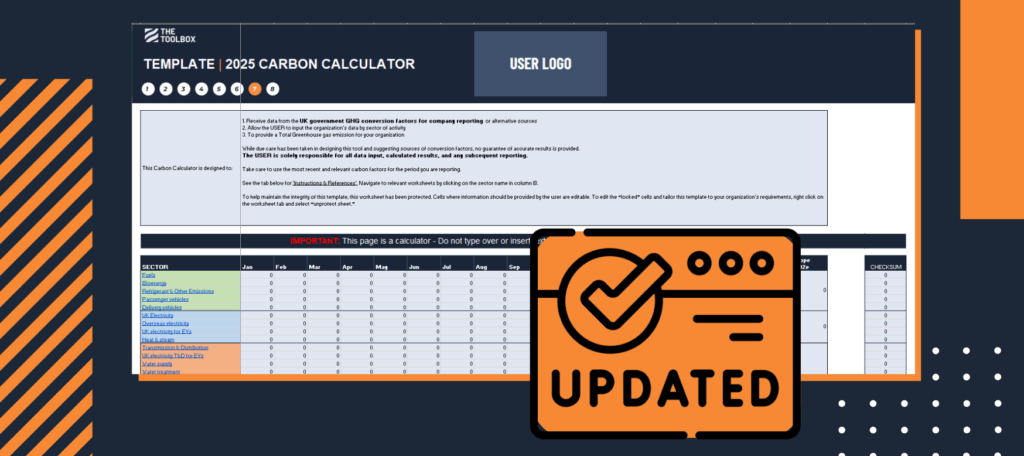The world of carbon accounting is evolving fast, and not before time. At this year’s Carbon Accounting Alliance Conference, experts and practitioners came together to explore how we can make carbon measurement simpler, smarter, and more relevant to the real world.
The overall message was clear: we need to move from just counting emissions to using data that enables teams and businesses to take more meaningful and relevant action.
RETHINKING EMISSIONS FACTORS
Many conversations circled around how we calculate carbon in the first place. Emissions factors, the numbers we use to estimate the carbon impact of energy, materials, and travel, haven’t always kept pace with change. In some cases, they’re outdated or too generic to reflect local realities.
With new policies like Carbon Border Adjustment Mechanisms now putting a price on the carbon embedded in traded goods, there’s a growing call to make emissions factors more accurate, transparent, and geography-aware.
It’s a reminder that the tools we use to calculate carbon are only as good as the data behind them, and that’s something we’re always thinking about a lot at The Toolbox.
More on that below.

© Carbon Accounting Alliance / Balazs Hollenbach Photo

© Carbon Accounting Alliance / Balazs Hollenbach Photo
MAKING SCOPE 2 EMISSIONS WORK HARDER
Scope 2 emissions, those linked to purchased electricity, is often regarded as the most straightforward to calculate. But as renewable energy, smart grids, and digital meters become more common, the old way of calculating these emissions no longer reflects reality.
The future of carbon measurement is real-time and granular. Imagine being able to see exactly when and where your operations are using the most energy, and acting on that insight straight away. It might mean you can spot a dodgy boiler or some other appliance on your premises that might be consuming more energy (and expense) than necessary. For many businesses, this kind of data can uncover quick wins, improve efficiency, and make sustainability targets far more achievable.

© Carbon Accounting Alliance
STANDARDS ARE STARTING TO SYNC UP
For anyone who’s ever felt lost in the alphabet soup of sustainability standards, there’s good news. Global frameworks are finding new ways to align. The GHG Protocol and ISO are collaborating on a single international standard for carbon factors, while new guidance for SMEs and net zero planning is on the way. Alignment however doesn’t just mean being the same. It means being niche and specific where relevant.
“Good interoperability is when standards differ but complement each other specific to an organizations assessment requirement. Bad interoperability is when standards are the same for no good reason.”
Richard Barker, Board Member ISSB* Tweet
*The International Sustainability Standards Board (ISSB) is a standard-setting body established in 2021–2022 under the IFRS Foundation
The hope is that in the next few years, reporting will become simpler and more consistent across the board, freeing up more time for action and less for admin.
BEYOND THE DOOM LOOP
One of the more honest reflections, from Michael Gillenwater of the GHG Management Institute, was that carbon accounting can sometimes feel like a “doom loop”: complex data, unclear targets, too much focus on offsets, and a growing fear of getting it wrong.
The shift now is toward transparency and traceability, tracking what’s really happening and cutting emissions at the source. It’s a refreshing reminder that sustainability doesn’t have to be perfect; it just has to be practical and forward-moving.
FRESH IDEAS AND HUMAN ENERGY
Away from the panels, conversations were buzzing with creative ideas, from connecting carbon data across existing business systems to using gamification, with Eco Action Games, to make sustainability fun and engaging. The thread running through it all was this: data matters, but people make the difference.
That’s something we hold close at The Toolbox, because the best tools don’t just count progress, they inspire it.

© Carbon Accounting Alliance / Balazs Hollenbach Photo
THE TOOLBOX CARBON CALCULATOR - UPDATED FOR 2025
All this talk about better data couldn’t have come at a better time. Our 2025 Carbon Calculator is now live on The Toolbox platform, featuring the most up-to-date DESNZ carbon factors to ensure your calculations are current and reliable.
It’s designed to help teams of any size measure their carbon footprint confidently, identify improvement areas, and track progress over time, without needing a background in carbon accounting.
You can check it out in our Step 7 Resources, alongside supporting guides and tips to help your team get started.

FINAL THOUGHTS
The carbon accounting world is growing up, becoming smarter, more connected, and more focused on action. As the CAA conference showed, the challenge isn’t just to measure carbon better, but to use those insights to drive real change.
That’s exactly what we’re building towards at The Toolbox, helping you turn knowledge into action, one practical step at a time.

